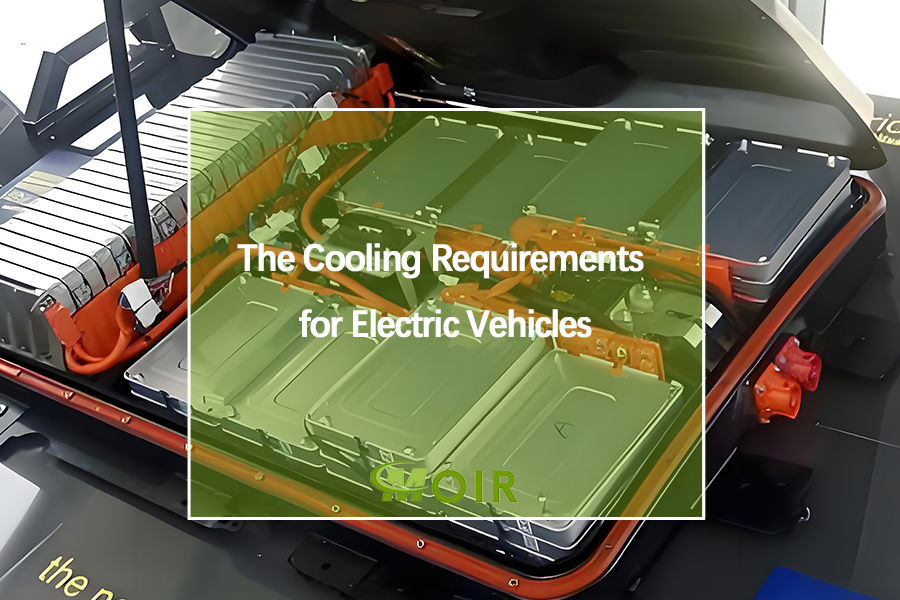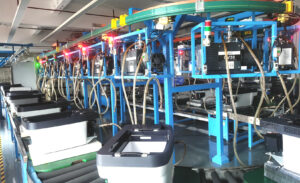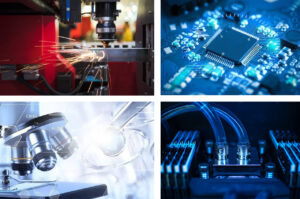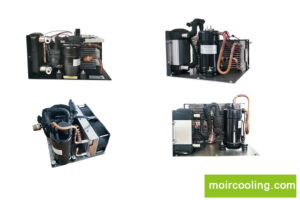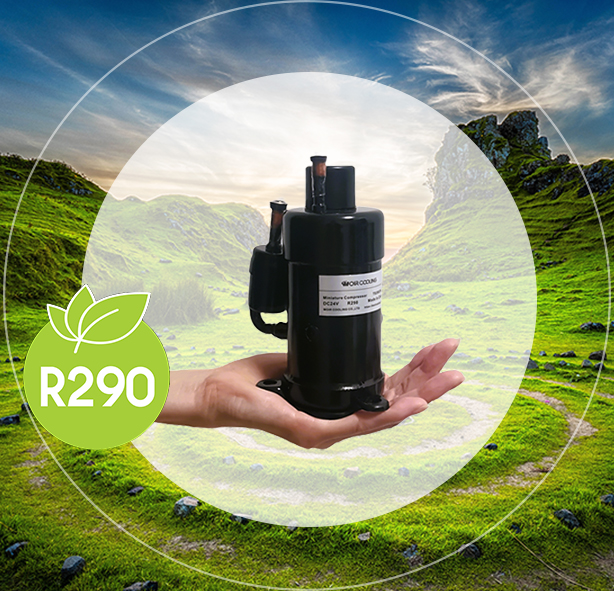The thermal management system of a vehicle plays a crucial role in regulating the cabin environment and the working conditions of automotive components. It enhances energy efficiency through refrigeration, heating, and internal heat transfer. Simply put, it functions similarly to using a fever patch when someone has a fever or a heating pad when feeling cold. However, the complex structure of pure electric vehicles cannot be manually intervened, thus relying heavily on its own “immune system.”
So, what are the cooling needs of electric vehicles?
Cooling Need 1: High-Voltage Battery Cooling
Due to internal resistance and the presence of a discharge balancing circuit, the current flowing through the battery during charging and discharging causes it to heat up. Prolonged driving, frequent acceleration and deceleration, and intense acceleration/deceleration all contribute to an increase in battery temperature. Charging, especially DC charging, also raises the temperature significantly. For instance, with BYD EV, the stable power during DC charging can reach 60kW, which is equivalent to the rated power of many high-power motors. The challenges posed to the battery are immense, and many well-known spontaneous combustion incidents occur during charging in garages. As charging power continues to increase, such as Porsche Taycan’s challenge of 350kW fast charging, thermal management becomes indispensable to support such technological advancements.
The heating of batteries varies depending on the vehicle and battery type. For instance, microcars or small cars with lower charging and discharging power have a lower continuous temperature rise, requiring less cooling methods like air cooling or a smaller water cooling loop. On the other hand, electric SUVs and luxury cars require a stronger battery cooling capacity to meet the demands of high-power charging and driving.
Compared to heating, the cooling demand of batteries poses a greater challenge to the technicians of the battery thermal management system, as the heat generated by the battery itself after preheating can provide some heat. Moreover, the heating demand of batteries is relatively similar in different regions, as even in extremely cold environments, localized heat accumulation within the battery can affect its safety if not dissipated promptly.

Cooling Need 2: High-Voltage Power Electronics Cooling
In addition to the battery, the electric system comprises motors and electronic controls. Other components like the on-board charger (OBC), high-voltage to low-voltage DC/DC converter, and high-voltage distribution box also have cooling requirements.
These power devices often share similar power electronic components but differ in power ratings and internal designs. For instance, IGBT (Insulated Gate Bipolar Transistor) is commonly used in electronic controls, OBCs, and DC/DCs. Its heating power is related to the switching speed, which directly impacts the output power of these power electronics.
During AC charging (220V), the OBC converts the voltage for charging, with an efficiency of around 93% to 95%. Assuming 95% efficiency, the OBC generates about 330W of heat. DC/DC converters, depending on the low-voltage actuators, typically operate at 2 to 3kW with a 95% efficiency, resulting in a stable heat generation of approximately 150W.
If these heat levels accumulate in OBCs and DC/DCs, it can lead to component temperature rises, prompting the supplier to limit power output and issue an overheat warning to the vehicle’s main controller. Motors and electronic controls face similar challenges, with heat losses varying based on torque and rotational speed, often reaching kilowatt levels.

Cooling Need 3: Cabin Cooling
The cooling of the cabin is similar to its heating requirements. In China, for instance, air conditioning is used in summer regardless of the region, with slightly higher dependence in the south. Thus, the design of in-car air conditioning does not vary significantly based on region. Any excessive differences in design can lead to lower costs per unit but not necessarily lower overall production costs, rendering such differences insignificant.
A relatively new cooling need stems from 350kW DC charging. Since DC charging stations connect directly to the battery, not only does the battery bear high power, but the charging cables also carry significant current, generating considerable heat. Some advanced technologies aim to cool the charging cables by circulating a cooling loop within the DC charging station, while others propose utilizing the vehicle’s internal cooling system to achieve the same goal. Both methods aim to support high-power charging, but the complexity and costs involved are significant, indicating that there are still many technical challenges to overcome before widespread adoption of high-power charging. The demands for heating and cooling have fostered the entire thermal management system industry, driven by the need for safety, comfort, component lifespan, and charging power in electric vehicles. However, satisfying these demands, the thermal management system also consumes a significant amount of battery power.
Many times, customers’ expectations for thermal management systems are indirect. They want a comfortable temperature in the cabin, while also protecting the safety of the power components inside the vehicle. What’s more important is that they are very concerned about the driving range. This actually lays the foundation for the main theme of current thermal management system research and development: indirectly satisfying customers’ direct needs for various aspects of the entire vehicle system with as little energy as possible.
MOIR Active Thermal Management Solution for Electric Vehicles

The evolution of cooling needs for Electric vehicles, especially lithium battery cooling, has progressed from rudimentary air cooling systems to highly sophisticated liquid cooling technologies. As lithium-ion batteries gained prominence, thermal management became a critical focus, and liquid cooling emerged as a more effective solution. Both direct and indirect liquid cooling are employed, offering superior heat dissipation and precise temperature control.
With the advanced development of thermal management technologies, they are continuously integrated into vehicle systems to enable dynamic adjustments, providing an enhancement of efficiency, safety, and overall performance of electric vehicle battery cooling.
As a manufacturer & supplier of micro refrigeration solutions, MOIR has developed a wide profilio of water chiller modules from its miniature BLDC rotary compressors, to meet the growing demand for clients who want to take advantage of the compact refrigeration units into their devices. Thanks to the advanced cooling modules featuring small size, high cooling power, high energy efficiency, and rock-solid reliability, now, they’re chosen to be used in the EV application for battery cooling.
Our lineup of mini cooling systems can fit any need. If you require something specific, no problem. MOIR recognizes the uniqueness of each client’s requirements and thus, places significant emphasis on customization. Contact us today and see how we partner with your team to work out a compact cooling solution tailor-made just for you.

